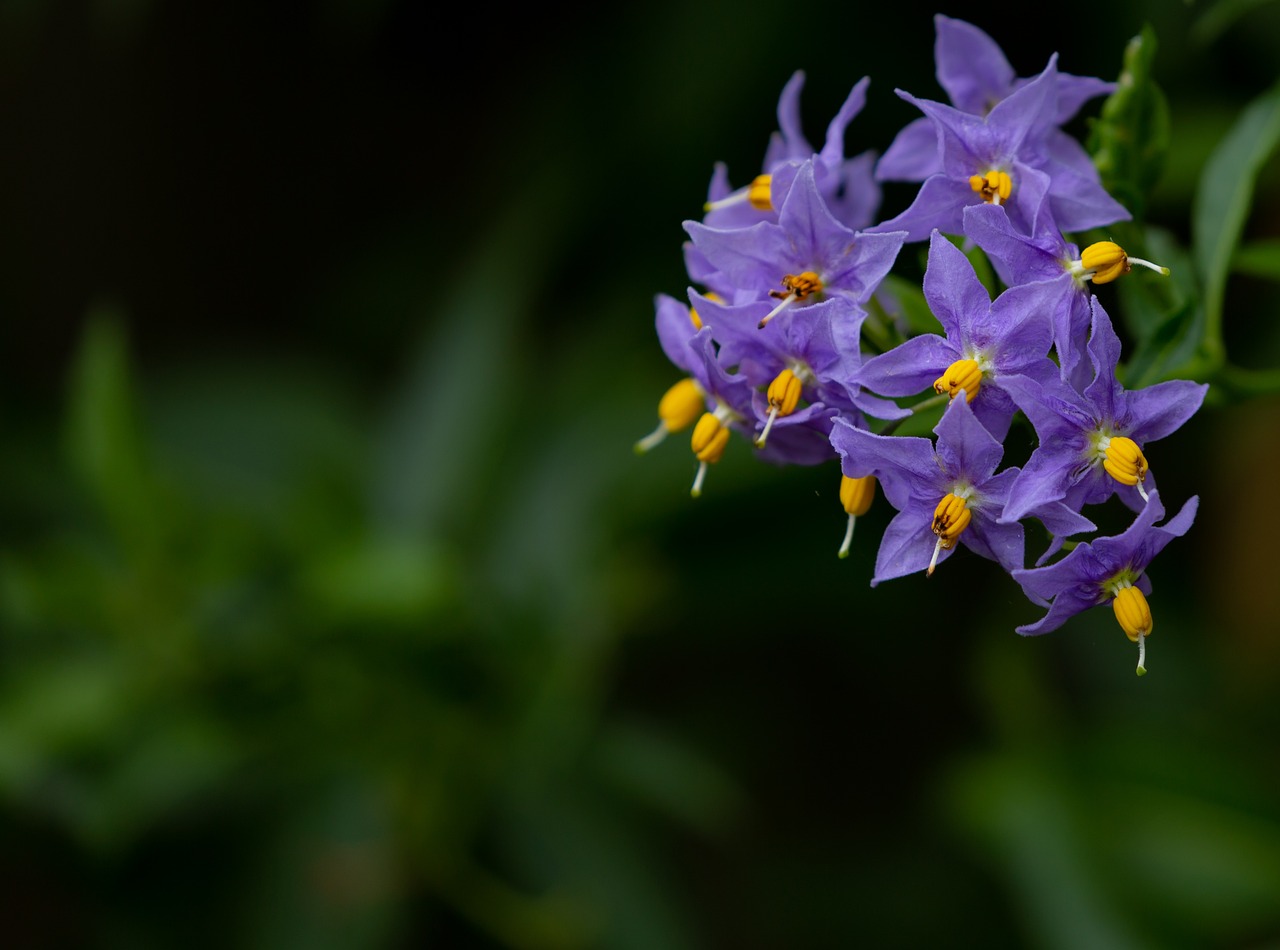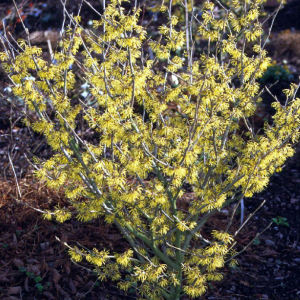Solanum crispum Glasnevin
Chilean potato vine
Solanum crispum Glasnevin is a scrambling climber with dark green leaves, and fragrant clusters of deep purple-blue flowers from summer to autumn, followed by yellowish white fruits. The dark green leaves will usually stay on the plant in milder winters, but will drop if the temperatures become too low. Flowers June to August. Fruits September.
Solanum crispum Glasnevin, a climber perfect for covering a sunny, sheltered wall or fence, and partners well with Lavenders and Catmint planted on the ground underneath the vine. Tie in stems to horizontal wires or trellis, and remove a third of the oldest stems to ground level in early Spring.
Max Height 6m. plant in full sun. Generally frost hardy.
Humans/Pets Harmful if eaten.
MORE
Solanum crispum Glasnevin, also known as the Chilean potato vine or blue potato vine, is a climbing plant native to South America. It is a member of the Solanaceae family, which includes other plants such as tomatoes, peppers, and eggplants. The plant is widely cultivated for its attractive blue-violet flowers and its ability to climb walls, trellises, and fences, making it a popular choice for landscaping and ornamental purposes.
The Chilean potato vine is a fast-growing, woody vine that can grow up to 15 feet tall in a single season. Its leaves are ovate and dark green, reaching up to 6 inches in length. The plant blooms from late spring to early summer, producing clusters of blue-violet flowers that are up to 2 inches in diameter. The flowers are followed by small, yellowish-green berries that are edible but not commonly consumed.
The Chilean potato vine is a hardy plant that can grow in a variety of soil types and climates. It prefers well-draining soil and full sunlight but can tolerate partial shade. The plant is drought-tolerant but benefits from regular watering during hot, dry periods. In colder climates, the plant may lose its leaves in the winter but will regrow them in the spring.
One of the main reasons that the Chilean potato vine is popular among gardeners and landscapers is its ability to climb walls, trellises, and fences, clothing structures, allowing it to climb and cover large areas quickly. This makes it an ideal choice for creating vertical gardens, covering unsightly walls or fences, and providing privacy screens.
In addition to its ornamental value, the Chilean potato vine also has some medicinal properties. The plant has been used in traditional medicine to treat a variety of ailments, including stomachaches, fever, and skin rashes. The leaves and stems of the plant contain solasodine, a compound that has been shown to have anti-inflammatory and anti-tumor properties.
However, it is important to note that the Chilean potato vine is toxic if ingested. The plant contains solanine, a toxic alkaloid found in other members of the Solanaceae family, such as potatoes and tomatoes. Solanine can cause gastrointestinal problems, headaches, and dizziness if consumed in large quantities. Therefore, it is important to keep the plant away from children and pets and to avoid ingesting any part of the plant.
In terms of propagation, the Chilean potato vine can be propagated by stem cuttings or by seed. Stem cuttings should be taken in the spring or early summer and planted in well-draining soil. Seeds should be sown in the fall or early spring and covered with a thin layer of soil. Germination usually occurs within two to four weeks, and the seedlings can be transplanted when they are large enough to handle.
Overall, Solanum crispum Glasnevin is a beautiful and versatile climbing plant that can add a pop of color and interest to any garden or landscape. Its ability to climb walls and other structures makes it a great choice for creating vertical gardens and providing privacy screens. While it does have some medicinal properties, it is important to handle the plant with care and avoid ingesting any part of it. With proper care and maintenance, the Chilean potato vine can be a stunning addition to any outdoor space.







Reviews
There are no reviews yet.